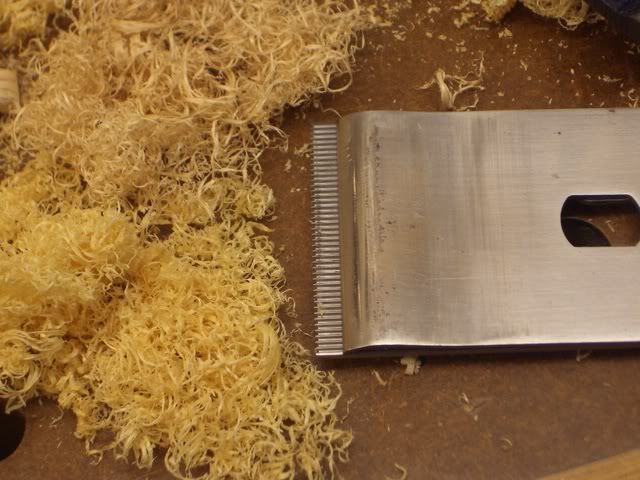bugbear
Established Member
Digit":237jxrkq said:Personally I'm not convinced that the bevel angle is at all important, so long as the back edge remains clear of the wood that's being cut.
Roy.
Steve Knight (a plane maker) performed some fairly convincing experiments that said the bevel angle did matter - to some extent.
He was also in the unusual position of being able to perform EP experiments in BD planes - by "simply" making a matched set!
BugBear





